Home>Garden Essentials>What Does Chia Seeds And Water Do
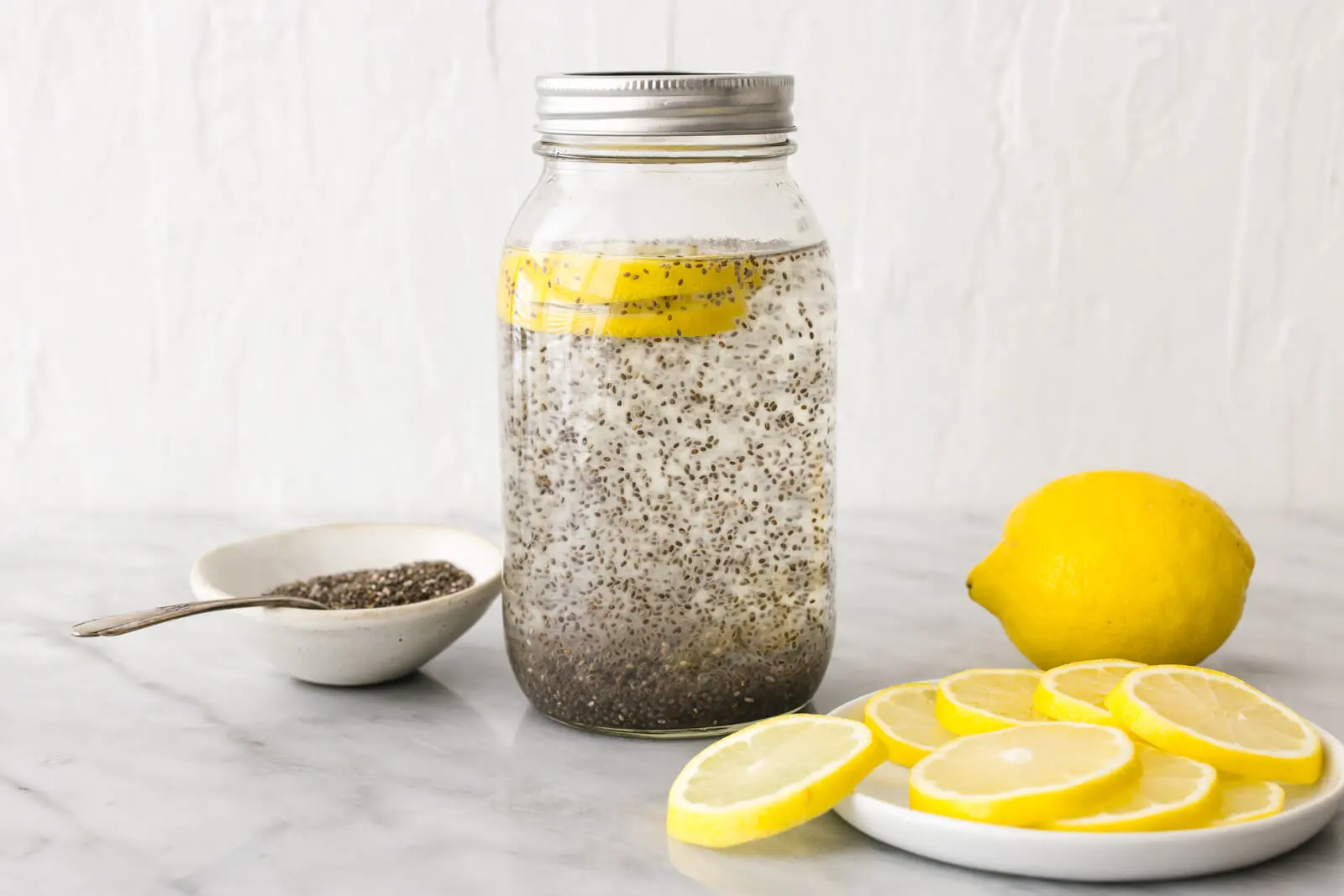

Garden Essentials
What Does Chia Seeds And Water Do
Modified: March 15, 2024
Discover the benefits of combining chia seeds and water in your garden to promote healthy plant growth and maximize your garden's potential.
(Many of the links in this article redirect to a specific reviewed product. Your purchase of these products through affiliate links helps to generate commission for Storables.com, at no extra cost. Learn more)
Introduction
Welcome to the world of gardening and the amazing benefits that nature offers. In this article, we will explore the wonderful properties of chia seeds and water, and how they can contribute to your garden’s health and vitality. Whether you’re a seasoned gardener or just starting out, incorporating chia seeds and water into your gardening routine can have a significant impact on the growth and overall well-being of your plants.
Chia seeds have gained popularity in recent years due to their nutritional value and health benefits for humans. However, their magic doesn’t stop there. Chia seeds also provide numerous benefits when used in gardening. They are packed with essential nutrients, antioxidants, and omega-3 fatty acids, making them a powerful addition to your garden’s repertoire.
Water, on the other hand, is the essential elixir of life for all living organisms, including plants. It is crucial for their survival and plays a vital role in their growth and development. By ensuring an adequate water supply, you can create an optimal environment for your plants to thrive.
Now, let’s dive deeper into the specific benefits that chia seeds and water provide individually.
Key Takeaways:
- Chia seeds and water create a powerful duo for gardening, providing nutrients, water retention, and weed suppression. They work together to enhance soil structure and promote sustainable, eco-friendly gardening practices.
- By combining chia seeds and water, gardeners can improve soil quality, reduce water consumption, and provide steady nutrient supply for plant growth. This natural approach offers a simple yet effective way to care for plants and create a flourishing garden.
Read more: What Does Drinking Chia Seeds Do
Benefits of Chia Seeds
Chia seeds are small but mighty powerhouses of nutrition. Here are some of the key benefits they offer:
- Nutrient-rich: Chia seeds are packed with essential nutrients including fiber, protein, calcium, magnesium, and antioxidants. These nutrients play a crucial role in promoting healthy plant growth and development.
- Water retention: Chia seeds have the unique ability to absorb water and retain it. When added to the soil, they act like sponges, helping to maintain soil moisture levels. This is particularly beneficial in arid climates or during dry spells, as it reduces the need for frequent watering.
- Improved soil structure: The gel-like texture formed when chia seeds absorb water can also improve soil structure. It enhances soil aeration, drainage, and water-holding capacity, creating an optimal environment for plant roots to grow and absorb nutrients.
- Nutrient delivery: Chia seeds release nutrients slowly into the soil as they break down. This continuous nutrient supply provides a steady source of nourishment for your plants, promoting healthy growth and preventing nutrient deficiencies.
- Suppresses weeds: Chia seeds can help in weed suppression. When spread over the soil surface, they form a protective layer that inhibits weed growth. This reduces competition for resources and allows your plants to thrive without being choked by unwanted plants.
- Biodegradable and eco-friendly: Chia seeds are a natural and biodegradable alternative to synthetic soil amendments and fertilizers. By choosing chia seeds as a soil additive, you contribute to a more sustainable and environmentally friendly gardening practice.
Incorporating chia seeds into your garden not only provides nutritional benefits to your plants but also improves soil quality and reduces water consumption. Now, let’s move on to exploring the benefits of water in gardening.
Benefits of Water
Water is essential for the survival and growth of plants. Here are some of the key benefits that water provides in gardening:
- Hydration: Just like humans, plants need water to survive. Water is crucial for transporting and delivering nutrients to different parts of the plant. It keeps the plant cells hydrated, allowing them to carry out essential metabolic processes for growth.
- Photosynthesis: Water plays a vital role in the process of photosynthesis, where plants convert sunlight into energy. During photosynthesis, water is absorbed through the roots and transported to the leaves. It then combines with carbon dioxide to produce oxygen and glucose. Without an adequate supply of water, photosynthesis cannot occur efficiently, affecting plant growth.
- Transpiration: Transpiration is the process by which plants release water vapor through their leaves. This process cools the plant and helps regulate its temperature. It also creates a suction force that pulls water and nutrients up from the roots to the rest of the plant. Sufficient water supply is crucial for maintaining transpiration and ensuring proper nutrient uptake.
- Root development: Water is essential for healthy root development. It helps roots absorb nutrients from the soil and anchor the plant securely in the ground. Adequate watering encourages root growth and strengthens the overall structure of the plant.
- Disease prevention: Proper watering practices can help prevent the onset of plant diseases. Overwatering can lead to waterlogged soil, creating an environment where harmful pathogens thrive. On the other hand, consistent and adequate watering promotes healthy plant growth, making them more resistant to diseases.
- Plant metabolism: Water is involved in various metabolic processes within plants, including the breakdown and transport of nutrients, as well as the production of essential compounds such as sugars and proteins. A well-hydrated plant will have optimal metabolic functions, resulting in robust growth and vitality.
By providing your plants with an ample and consistent water supply, you ensure their health and vigor. Now, let’s discover how the combination of chia seeds and water can offer even greater benefits in your garden.
Mixing chia seeds with water creates a gel-like substance that can help with hydration, digestion, and provide a source of omega-3 fatty acids. It’s important to let the seeds soak for at least 10 minutes before consuming.
Chia Seeds and Water Combination
The combination of chia seeds and water can be a game-changer in your gardening routine. When used together, these two elements complement each other and provide synergistic benefits for your plants. Here’s why:
- Increased water retention: As mentioned earlier, chia seeds have the ability to absorb and retain water. When mixed with water, they form a gel-like substance that holds moisture in the soil for longer periods, reducing the frequency of watering. This water retention property ensures that your plants have a steady supply of hydration, especially during hot and dry conditions.
- Improved nutrient availability: Chia seeds, when soaked in water, release nutrients gradually as they break down. This slow nutrient release ensures a steady and prolonged supply of essential elements to the plants. The nutrients become readily available for absorption by the roots, promoting healthy growth and development.
- Enhanced soil structure: The gel-like texture formed by chia seeds and water also improves soil structure. It helps loosen compacted soil, allowing for better air circulation and root penetration. Improved soil structure leads to improved nutrient uptake and reduces the risk of waterlogging, creating an optimal growing environment for your plants.
- Natural weed suppression: When chia seeds and water are combined and spread over the soil, they create a protective layer that inhibits weed growth. This natural weed suppression reduces competition for resources and minimizes the need for manual weeding. This is particularly advantageous for busy gardeners or those looking for a low-maintenance approach.
- Environmental sustainability: The combination of chia seeds and water as a soil amendment is an eco-friendly and sustainable practice. Chia seeds are organic, biodegradable, and free from harmful chemicals. By incorporating this combination into your gardening routine, you contribute to a more environmentally conscious and nature-friendly approach.
By harnessing the power of chia seeds and water together, you can create a fertile ground for your plants to thrive. Now, let’s learn how to prepare chia seeds with water in your garden.
How to Prepare Chia Seeds with Water
Preparing chia seeds with water is a simple process that can be done to enhance your gardening practices. Here’s a step-by-step guide on how to do it:
- Choose your chia seeds: Start by obtaining high-quality chia seeds from a reputable source. Look for organic chia seeds to ensure they are free from any pesticides or chemicals that could potentially harm your plants.
- Soak the chia seeds: In a small container or bowl, add the desired amount of chia seeds. The general rule of thumb is to use one tablespoon of chia seeds for every cup of water. Pour the water over the chia seeds, ensuring they are fully submerged.
- Stir and mix: Use a spoon or fork to stir the chia seeds and water together. Stirring will help evenly distribute the seeds and encourage the gel-like texture to form. Continue stirring for a minute or two until all the chia seeds are well-mixed with the water.
- Allow the mixture to gel: After stirring, let the chia seed and water mixture sit for about 10-15 minutes. During this time, the chia seeds will absorb the water and form a gel-like consistency. You can stir the mixture occasionally to ensure proper hydration.
- Apply to the soil: Once the chia seed mixture has gelled, it is ready to be applied to the soil. Spread the mixture evenly over the soil surface, taking care to cover the areas where your plants are growing. You can lightly rake or mix the chia seed mixture into the top layer of soil for better incorporation.
- Water the soil: After applying the chia seed mixture, water the soil lightly to help activate the gel-like texture and assist in the breakdown of the chia seeds. This will allow the nutrients and water to gradually release into the soil, benefiting your plants over time.
- Repeat as needed: Depending on your gardening needs and the condition of your plants, you can repeat the chia seed and water application every few weeks or as desired. Monitor the moisture levels of the soil and adjust watering accordingly.
By following these simple steps, you can easily prepare chia seeds with water and incorporate this powerful combination into your gardening routine. The benefits of chia seeds and water will gradually manifest as your plants flourish and thrive.
Read more: What Does Chia Seeds Do For Dogs
Conclusion
Incorporating chia seeds and water into your gardening practices can bring a multitude of benefits to your plants and the overall health of your garden. Chia seeds, with their nutrient-rich composition, water retention capabilities, and weed suppression properties, provide a powerful boost to your plants’ growth and vitality. Water, the elixir of life, plays a crucial role in hydrating plants, facilitating photosynthesis, and promoting healthy root development.
When combined, chia seeds and water create a symbiotic relationship that enhances these benefits even further. The gel-like texture formed by chia seeds and water improves soil structure, increases water retention, and releases nutrients gradually, providing a steady supply for your plants’ growth. By using this combination, you can minimize water consumption, reduce the need for synthetic soil amendments, and create a more sustainable and eco-friendly gardening environment.
To prepare chia seeds with water, simply soak the chia seeds, allow them to form a gel-like consistency, and apply the mixture to the soil. This straightforward process offers a convenient and effective way to maximize the benefits of chia seeds and water in your garden.
As with any gardening practice, it’s important to monitor your plants’ needs and adjust watering accordingly. Take into consideration factors such as climate, soil type, and specific plant requirements. By caring for your garden with the combination of chia seeds and water, you can provide your plants with the essential nutrients and hydration they need for robust growth and vibrant bloom.
So why not give chia seeds and water a try in your garden? Your plants will thank you for it, and you’ll be rewarded with a flourishing and beautiful garden to enjoy.
Frequently Asked Questions about What Does Chia Seeds And Water Do
Was this page helpful?
At Storables.com, we guarantee accurate and reliable information. Our content, validated by Expert Board Contributors, is crafted following stringent Editorial Policies. We're committed to providing you with well-researched, expert-backed insights for all your informational needs.
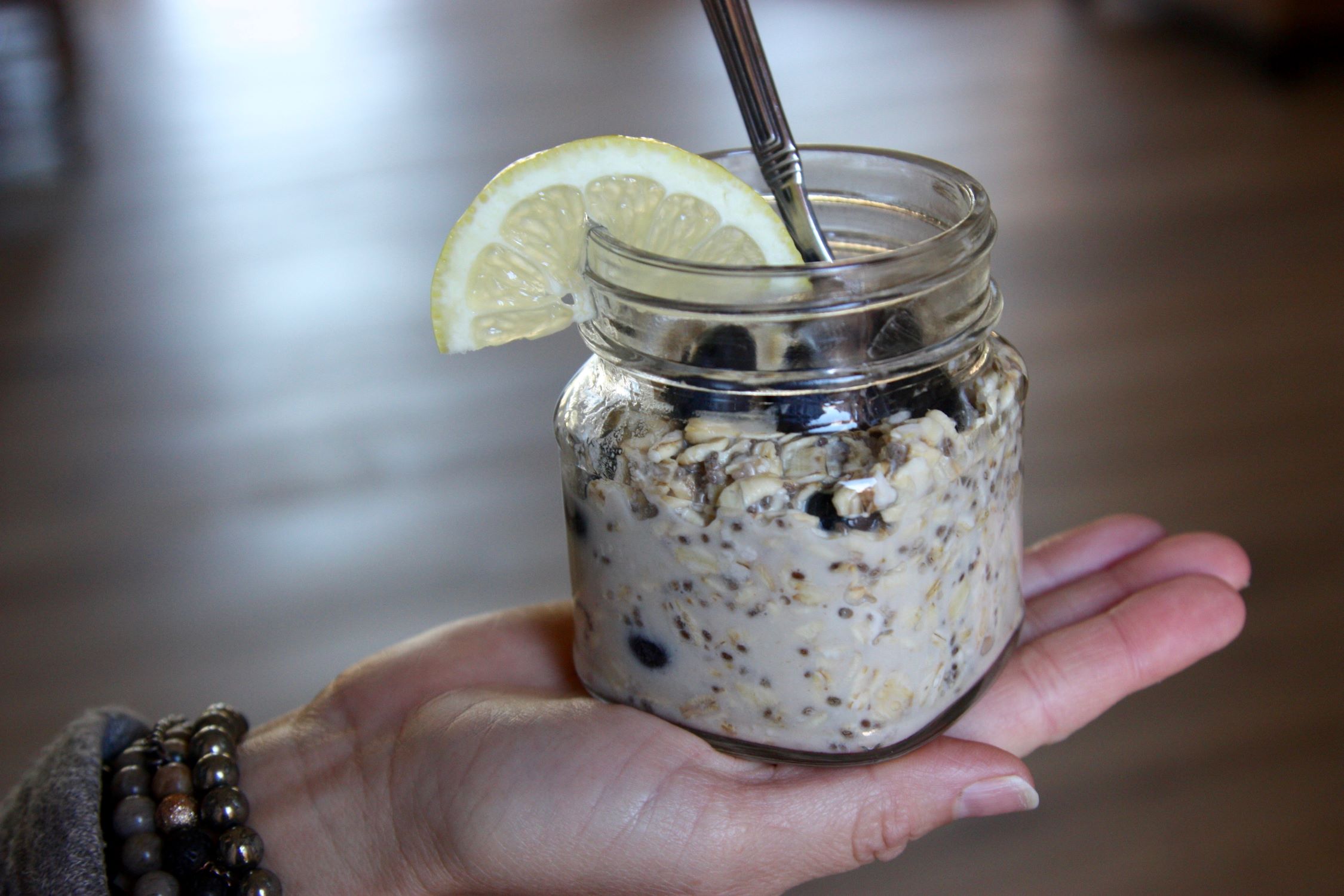
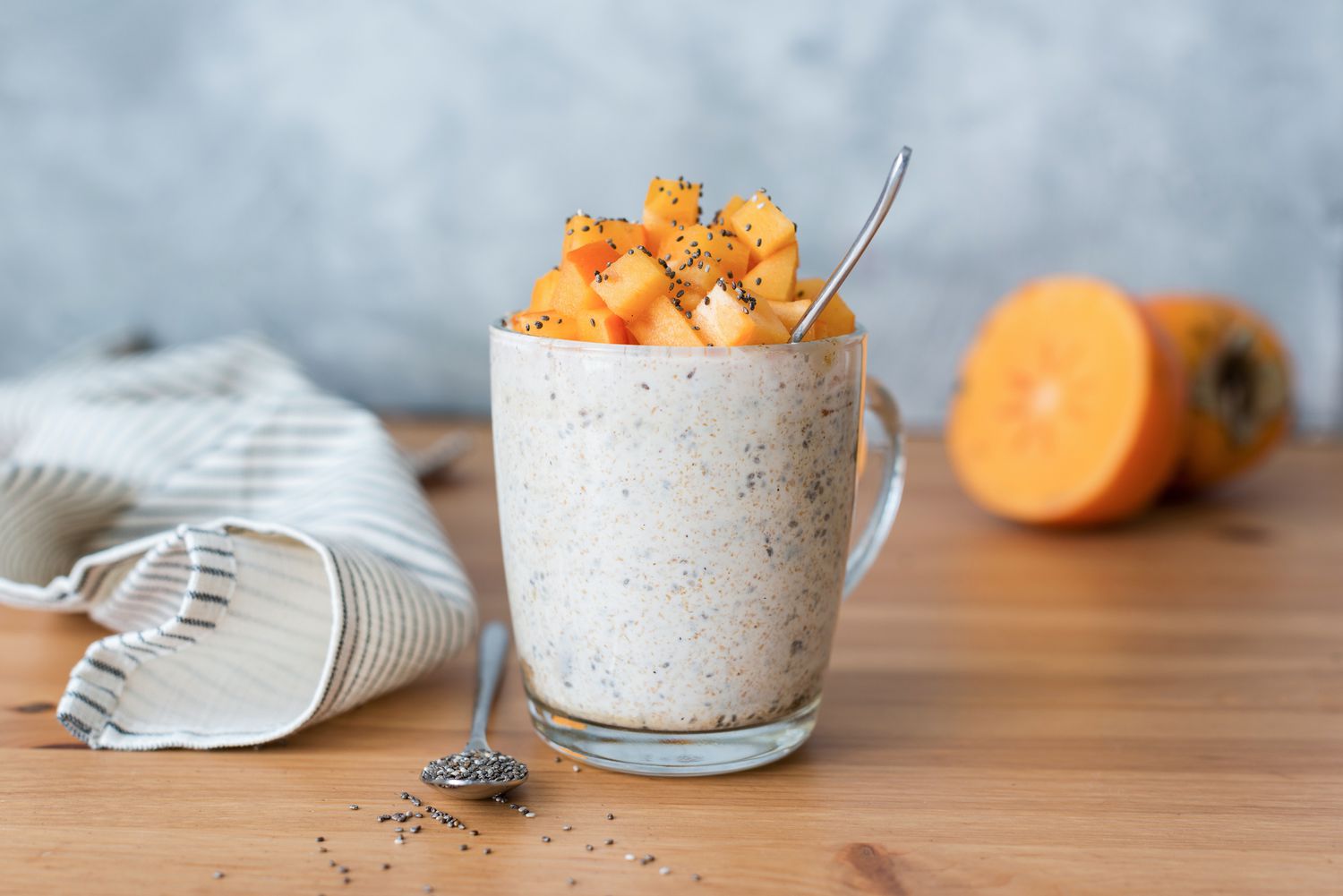
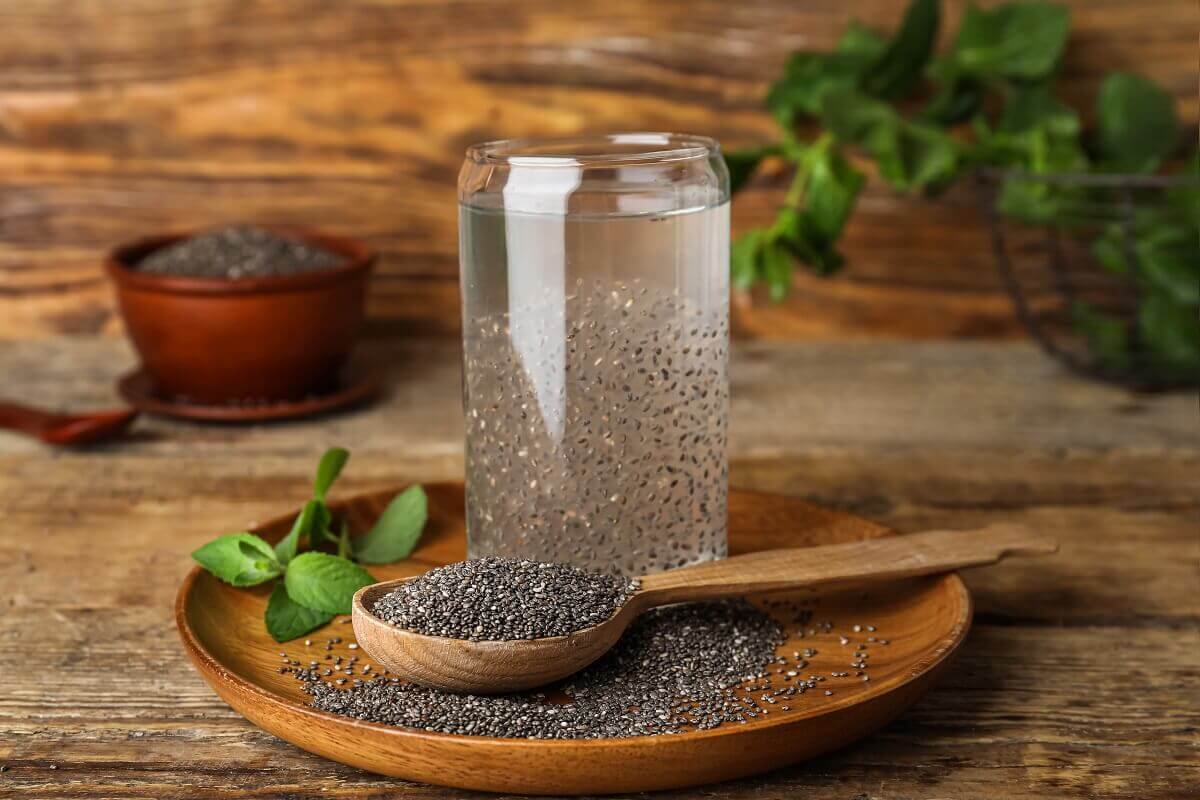
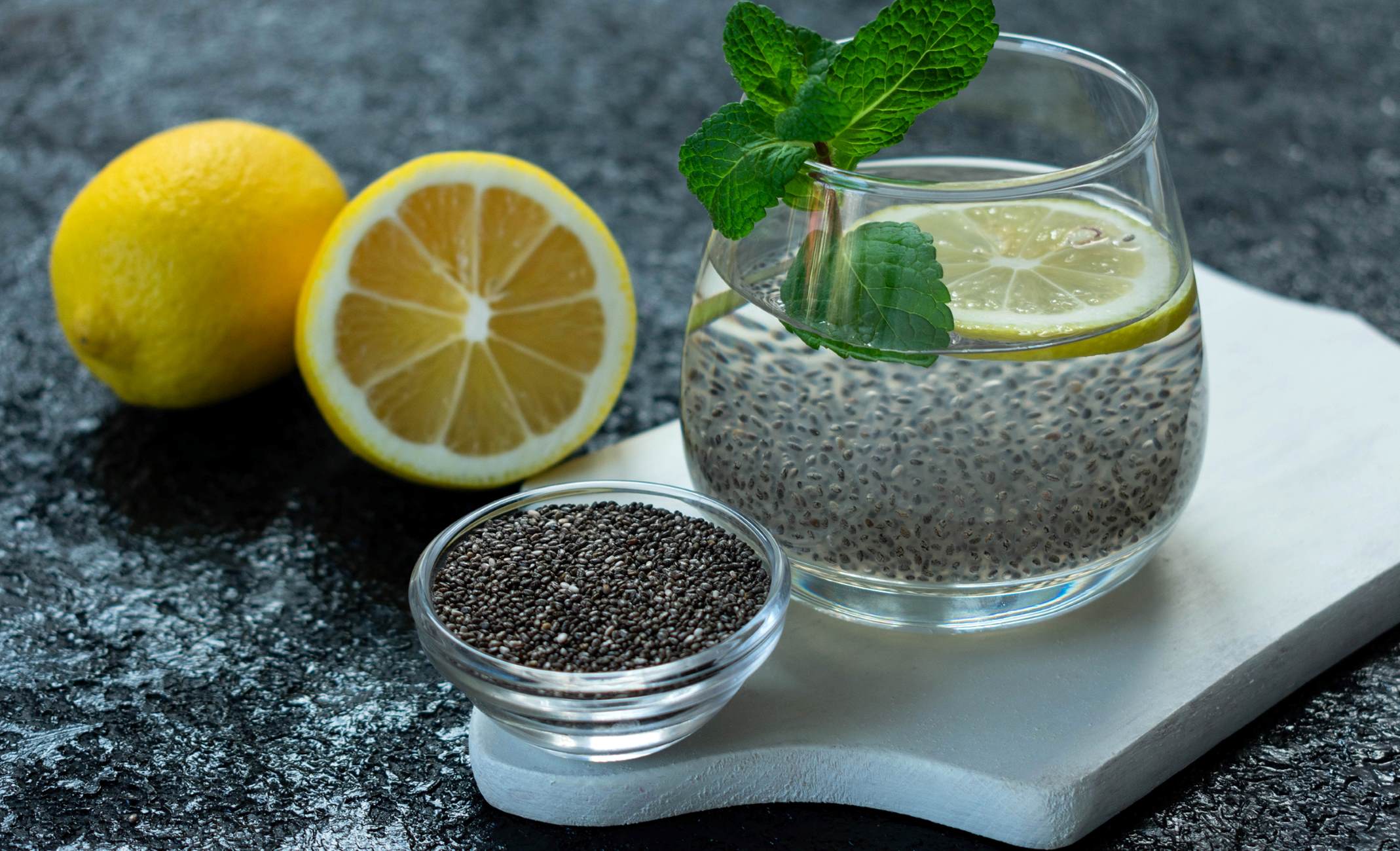
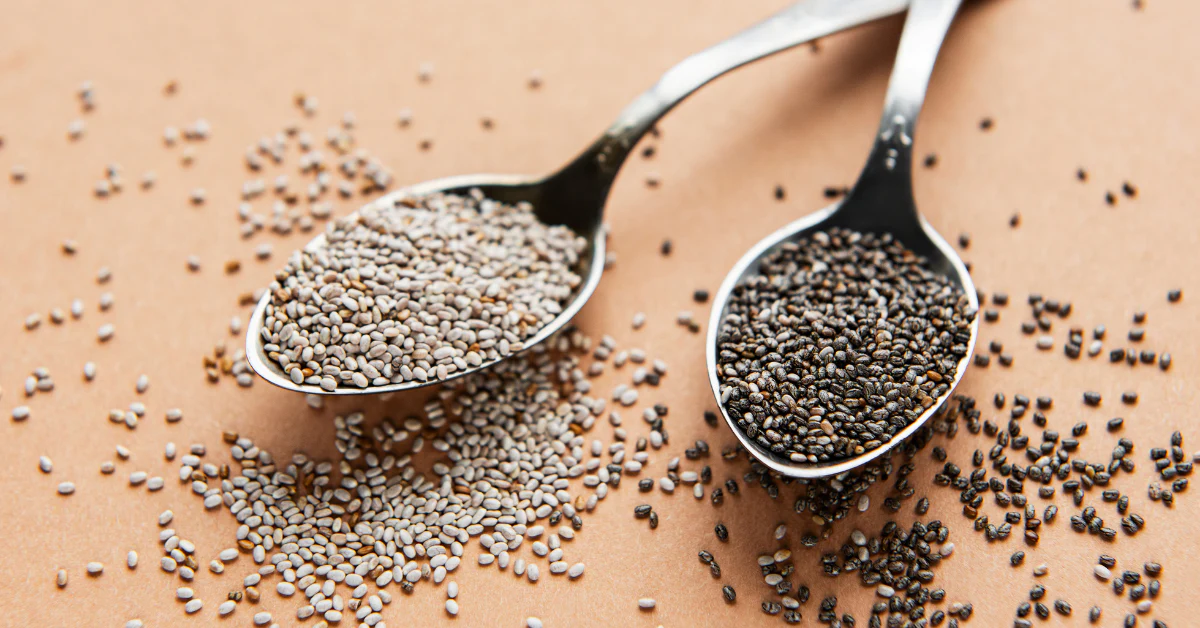
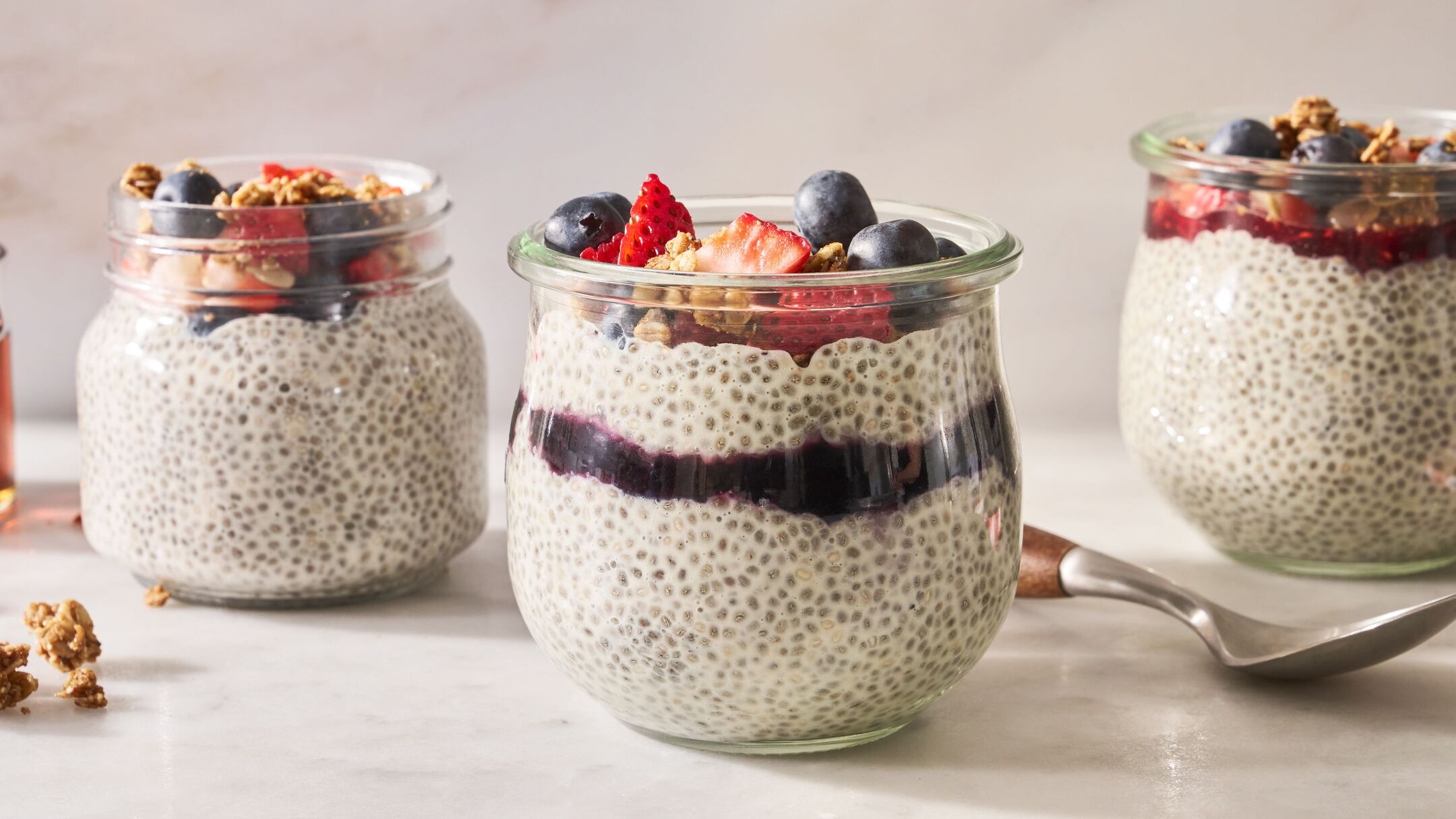
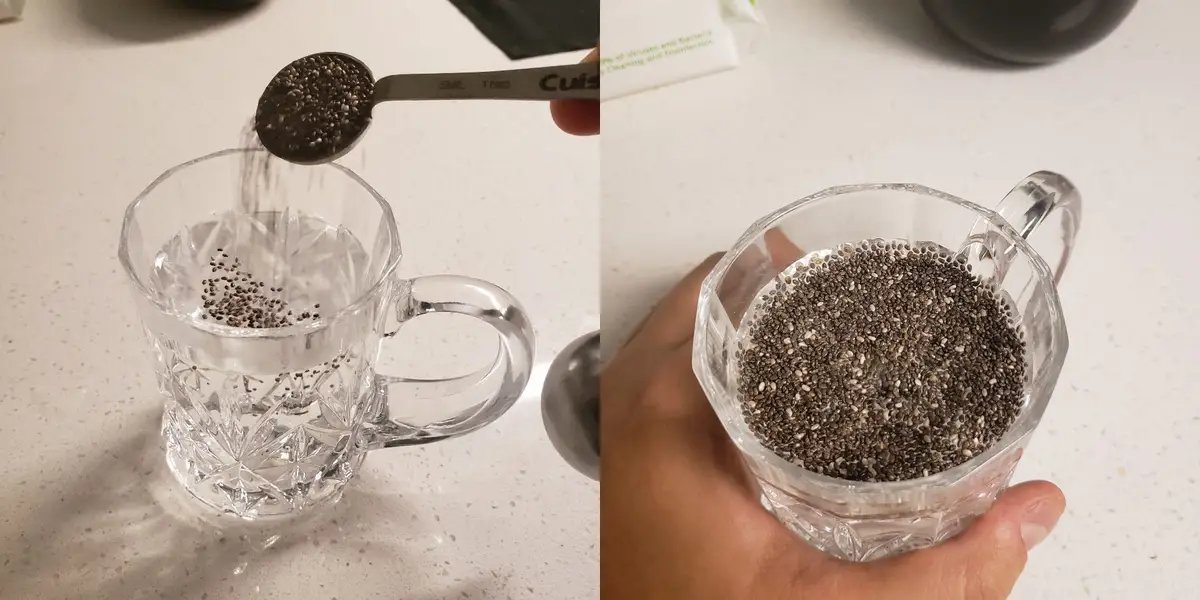
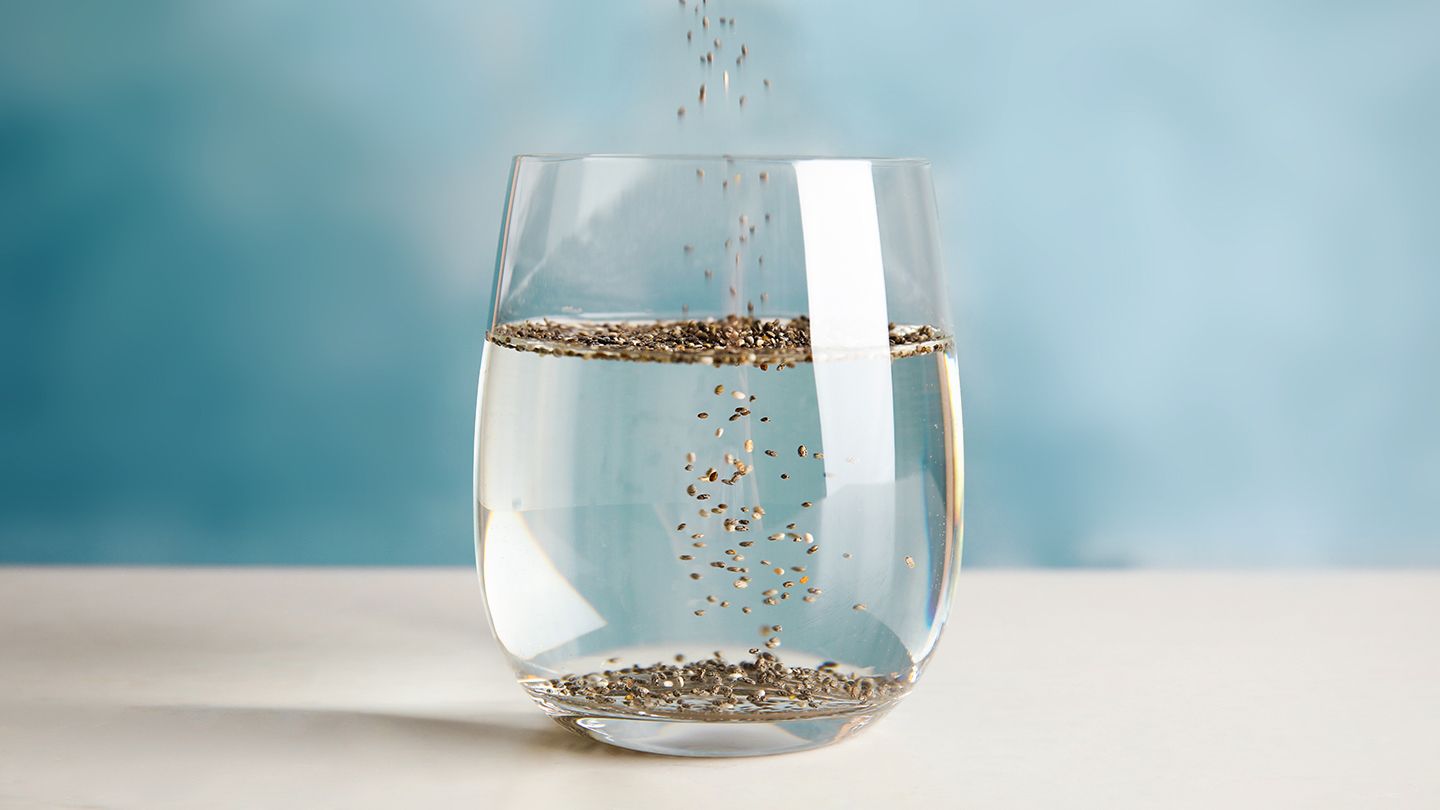
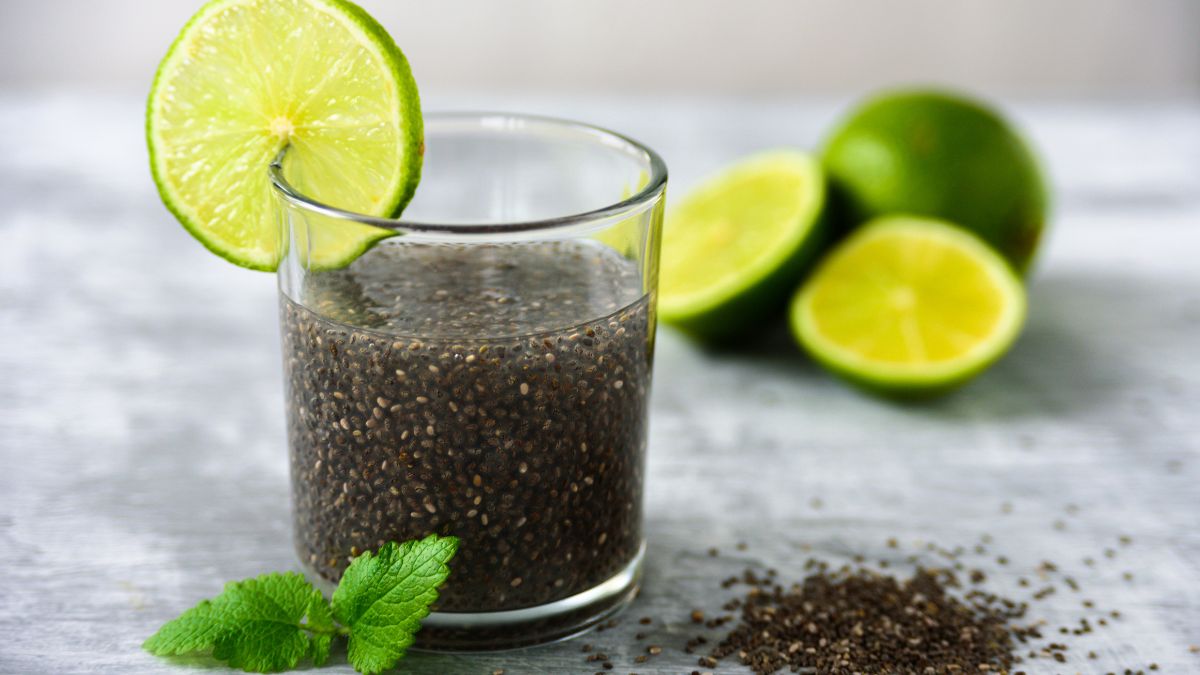
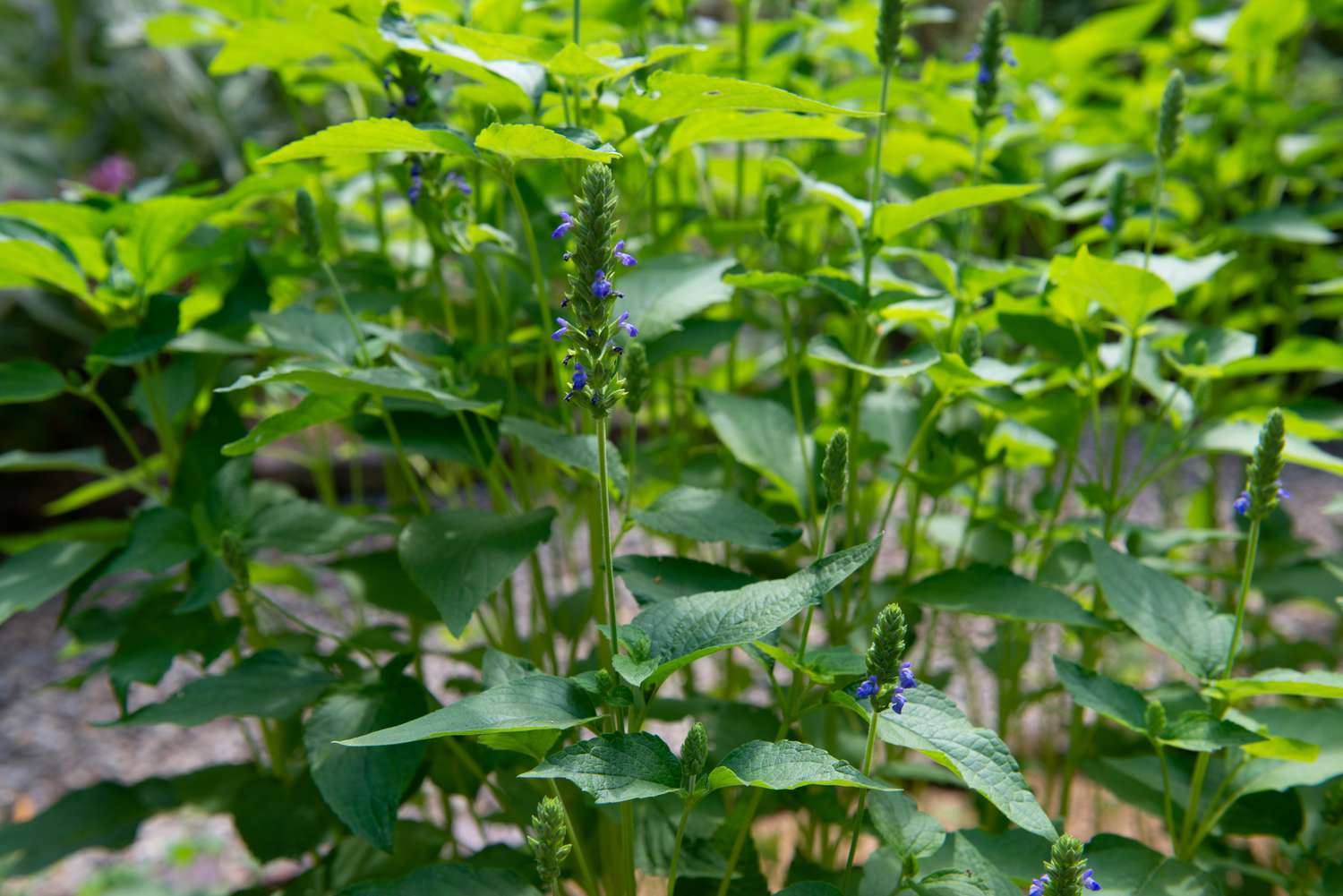
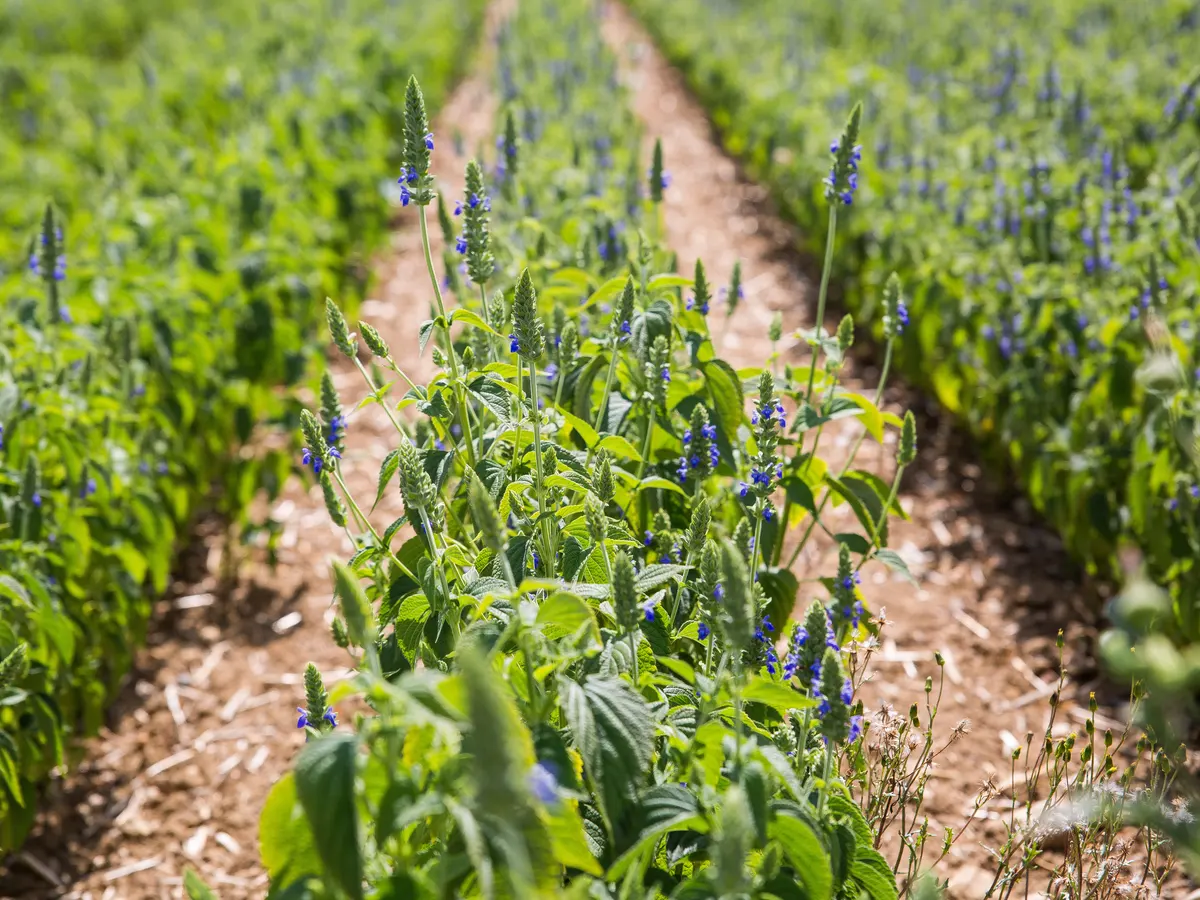
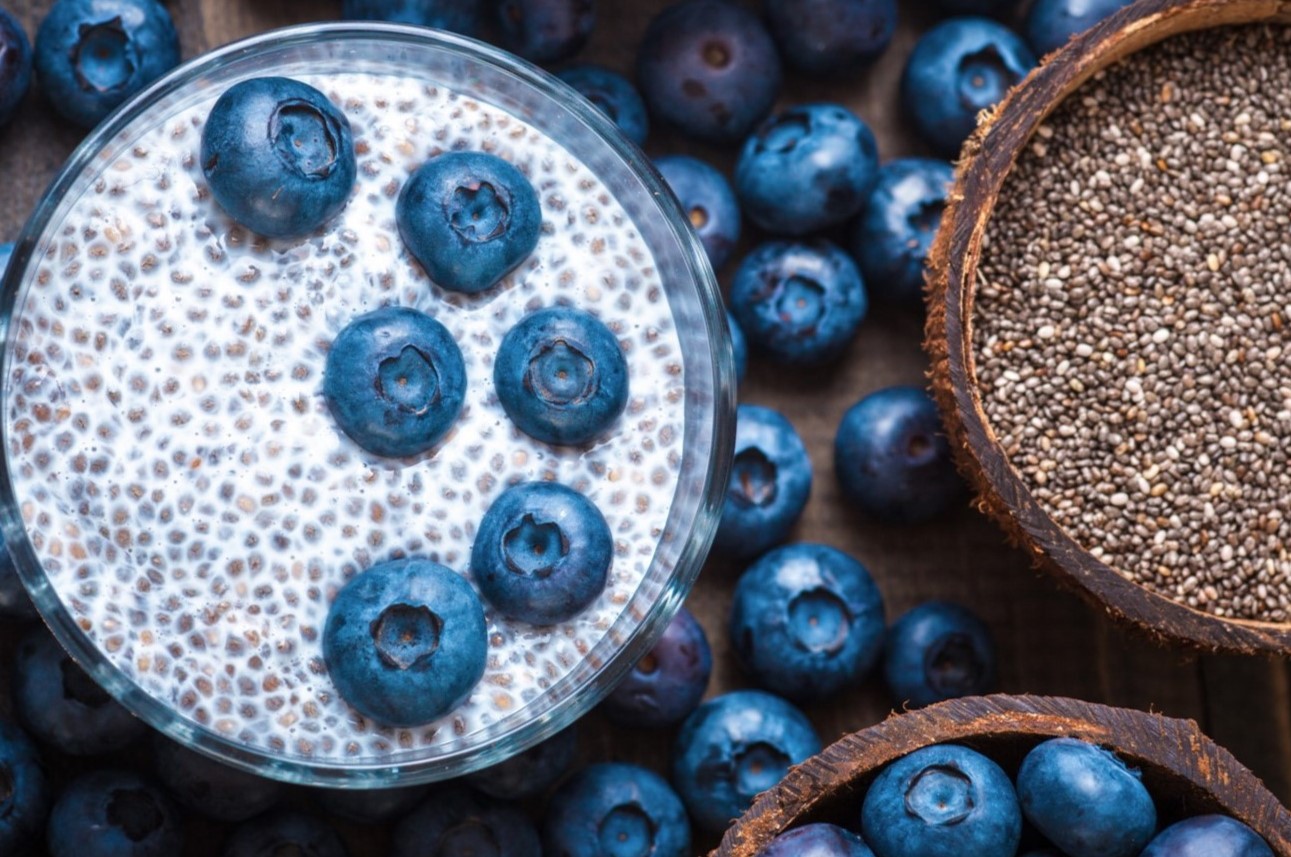
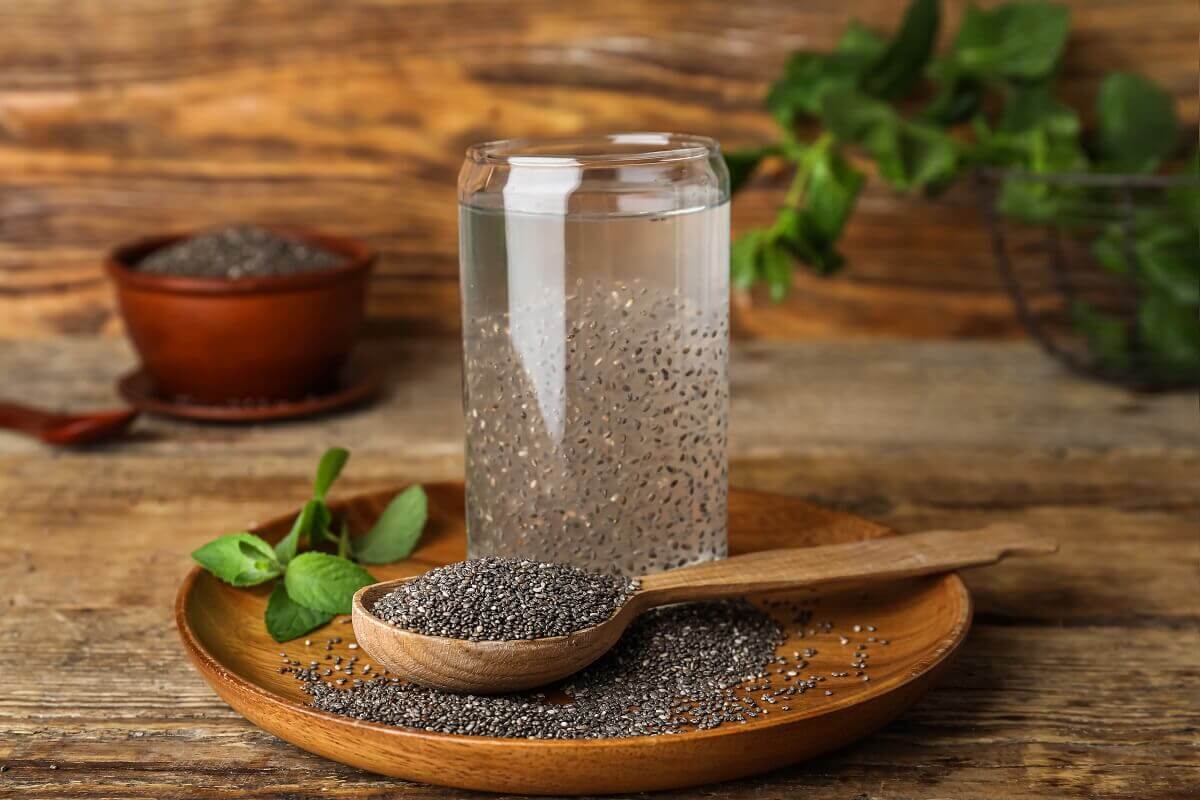
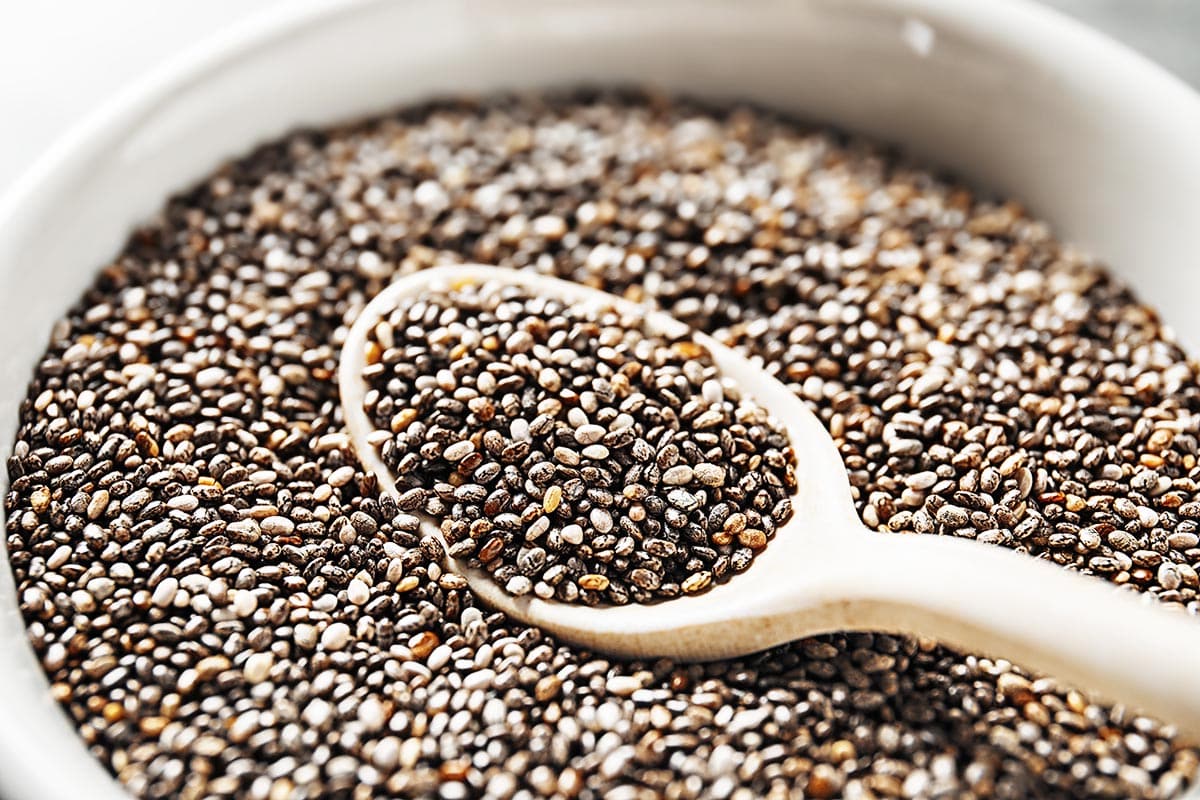

0 thoughts on “What Does Chia Seeds And Water Do”